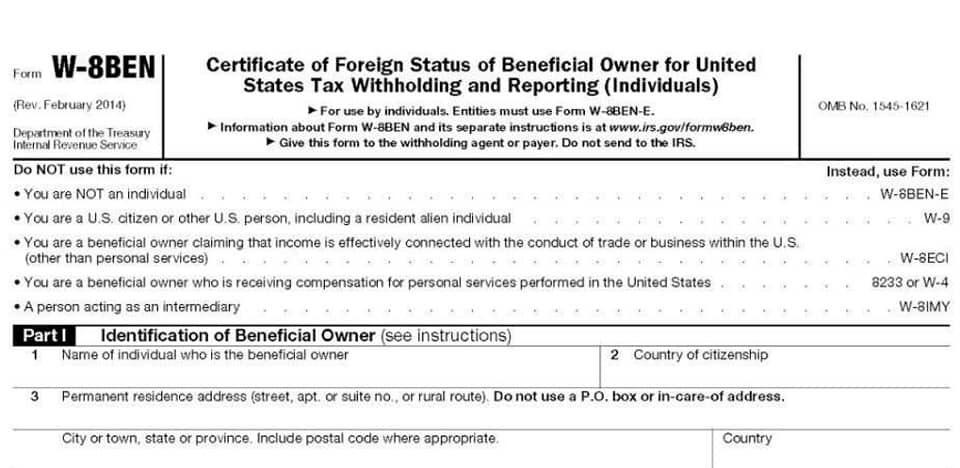
In QuickBooks, managing contra asset accounts involves creating a new account in the chart of accounts with the type designated as a fixed asset or other current asset, depending on the nature of the contra account. When posting transactions, one would credit the contra asset account to increase its balance, which decreases the net value of the corresponding asset. In the practice of bookkeeping, contra assets play a fundamental role in presenting a clear picture of a company’s financial health.
Practical Applications in Business
Does it count as a credit or a debit, and where does it belong on a balance sheet? In this article, we’ll discuss whether accumulated depreciation is an asset and why it’s critical to record on your balance sheet or income statement. Ultimately, the choice of depreciation method and the use of contra accounts reflect a company’s strategy and expectations about the asset’s utility. These decisions can have significant implications for financial reporting and tax obligations, making it essential for businesses to carefully consider their approach to calculating depreciation. The use of contra asset accounts also impacts financial ratios and indicators.
Impact on Financial Statements
For accounting purposes, the depreciation expense is debited, while the accumulated depreciation is credited. Contra asset accounts are specific types of Bakery Accounting accounts in accounting ledgers that hold a credit balance and are used to reduce the value of related asset accounts. By nature, typical asset accounts possess a debit balance; however, contra asset accounts typically have a credit balance. They are linked with specific asset accounts and reduce their balance, thereby reflecting the net value of the assets.
How are contra asset accounts recorded in financial statements?
- To illustrate, here’s how the asset section of a balance sheet might look for the fictional company, Poochie’s Mobile Pet Grooming.
- FreshBooks mileage tracker makes it easy to track distance so you can measure accumulated depreciation for quick and seamless tax filing.
- Under Generally Accepted Accounting Principles (GAAP) and International Financial Reporting Standards (IFRS), these accounts adjust the gross amounts of assets, liabilities, and equity for accurate net values.
- The Allowance for Doubtful Accounts represents a contra asset account that reduces accounts receivable.
- However, an accountant or person in charge must ensure that any change in the value of the assets due to revaluation or impairment must be considered.
- For example, the depreciation expense recorded is a result of reducing the book value of fixed assets, and it is reported as an expense in the income statement every accounting period.
The company’s policy in fixed asset management is to depreciate the equipment using the straight-line depreciation method. In other words, the depreciated amount in the formula above is the beginning balance of the accumulated depreciation on the balance sheet of the company. Likewise, the accumulated depreciation in the formula represents the accumulated depreciation at the end of the accounting period which is the cutoff period that the company prepares the financial statements. Using contra accounts in financial analysis can provide valuable insights into a company’s management and transparency. By showing adjustments and reductions made to certain accounts, investors and analysts can better understand a company’s financial health and potential risks. Contra accounts are used in accounting to provide a more accurate picture of a company’s financial position.
Accumulated depreciation on balance sheet
Contra equity accounts adjust the equity section of the balance sheet, reflecting changes in ownership interest. Treasury stock is a common contra equity account, representing shares repurchased from shareholders. These shares are recorded at cost and reduce total equity, impacting metrics like earnings per share (EPS) and return on equity (ROE). Share repurchases can be strategic, often used to return capital to shareholders or signal confidence in the company’s prospects. Another example is dividends declared but not yet paid, temporarily reducing retained earnings until payment is made.

- Understanding the relationship between the main account and its contra account dictates how transactions are recorded and reported.
- To illustrate, consider a company that invests in a fleet of electric delivery vehicles.
- Management must consider whether the reduced value and increased maintenance costs justify the replacement of the asset.
- Calculating accumulated depreciation is a simple matter of running the depreciation calculation for a fixed asset from its acquisition date to the current date.
Analysts look for trends in these accounts to forecast future capital expenditures and to gauge the efficiency of asset use. From the perspective of a business owner, accumulated depreciation is a measure of the value that has been consumed and can be an indicator of when it might be time to invest in new assets. For investors, it provides insights into a company’s investment in fixed assets and how effectively those assets are being used to generate revenue. Tax authorities also have an interest in accumulated depreciation as it affects the taxable income of a business. Accounts receivable is rarely reported on the balance sheet at its net amount.

Trial Balance
Contra accounts are integral to financial statements, providing a nuanced view of a company’s financial position. Positioned alongside their related accounts on the balance sheet or income statement, they reflect adjustments such as depreciation, allowances, or returns. For example, accumulated depreciation, a contra asset account, reduces the book value of fixed assets, offering a more accurate depiction of their worth over time.
ACCOUNTING for Everyone
Most businesses calculate depreciation and record monthly journal entries for depreciation and accumulated depreciation. By separately stating accumulated depreciation on the balance sheet, readers of the financial statement know what the asset originally cost and how much has been written off. Financial statements rely heavily on the accurate reporting and use of contra assets. These considerations are vital for maintaining the integrity of financial reporting. From an accountant’s perspective, the precision in calculating depreciation or amortization schedules contra asset account is paramount. They must ensure that the methods used—whether straight-line, declining balance, or units of production—are consistently applied and reviewed for relevance as asset usage patterns change.

Assessing Valuation Allowances

Understanding how payroll much value an asset has lost can help determine whether it’s more cost-effective to continue maintaining it or to invest in a new asset. The type of asset determines which formula is best for calculating accumulated depreciation. For example, buildings tend to depreciate at a steady rate under normal circumstances, so a formula like the straight-line method works well. There are several assets that accrue accumulated depreciation—some of these most common assets include buildings, vehicles, and equipment. In this case, you can use the straight-line method to calculate the annual accumulated depreciation of the asset. Then, instead of assigning a full year of depreciation in the first year, you assign half of that to the first year, and half of that to the final year.
Leave a Reply